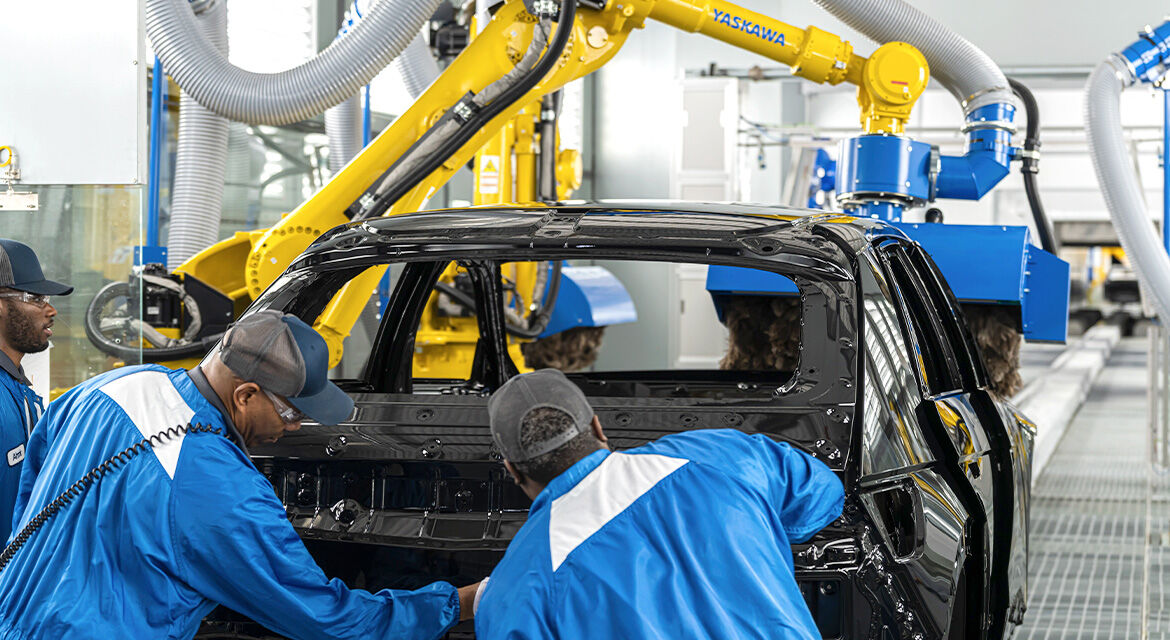US Car Tariff Exemptions: What You Need to Know in 2025
US Car Tariff Exemptions: What You Need to Know in 2025 the U.S. automotive landscape keeps shifting rapidly. Technology, global trade dynamics, and evolving consumer needs fuel that momentum. Yet behind all that flash and acceleration lies a surprisingly quiet force shaping the course of 2025 — US tariff exemptions for cars.
These exemptions impact how manufacturers price vehicles, where they produce them, and what models reach U.S. showrooms. Understanding how they work is essential if you’re navigating the American automotive market in any capacity.

What Are Tariff Exemptions?
Tariffs are taxes placed on imports to protect domestic industries. For cars, these can reach up to 25% depending on the country of origin and current trade policies. However, US tariff exemptions for cars allow certain imports to skip or reduce those duties.
This mechanism benefits automakers and, often, consumers. It opens pathways for bringing in innovative models, maintaining affordability, and encouraging green tech without violating protective trade rules.
Why Do These Exemptions Exist?
Tariffs aim to shield local jobs and industries. But blanket enforcement often leads to side effects — price spikes, limited choices, and trade friction. To counter those consequences, the U.S. uses US tariff exemptions for cars as a flexible workaround.
The government uses them strategically to:
- Strengthen international trade partnerships
- Manage supply chain challenges
- Boost eco-friendly vehicle adoption
- Incentivize investment in certain regions
Instead of weakening tariff policy, exemptions fine-tune it to adapt to real-world complexities.
Key Types of Car Tariff Exemptions in 2025
Multiple categories of US tariff exemptions for cars exist today, each playing a distinct role in trade management.
1. Country-Specific Exemptions
Some nations have trade agreements with the U.S. that include automatic exemptions. For instance, the USMCA agreement lets Canada and Mexico export qualifying vehicles duty-free. These arrangements keep North American auto production interconnected and competitive.
Trade talks with other regions — such as Japan, South Korea, and the EU — have also led to partial exemptions for select models.
2. Tech-Based Exemptions
Electric vehicles (EVs), plug-in hybrids, and hydrogen-powered cars often benefit from reduced or zero tariffs. These exemptions aim to accelerate green innovation by rewarding cleaner imports.
In 2025, a growing number of automakers design vehicles to meet these green thresholds. Doing so helps them qualify for US tariff exemptions for cars and gain a pricing advantage.
3. Manufacturer-Specific Exemptions
Brands with a history of U.S. partnerships or high domestic investment often apply for custom exemptions. These might target a new model not yet produced in the U.S., or an import necessary to test market demand.
For example, a European automaker launching a limited-edition electric SUV may apply to avoid full tariff rates during its rollout.
4. Crisis-Driven Exemptions
Emergencies trigger fast-track approvals. Whether it’s a supply shortage, natural disaster, or geopolitical event, the U.S. can offer short-term relief.
During the 2021 chip shortage, emergency exemptions allowed partial imports of vehicles awaiting final assembly. That approach continues today when supply chains falter.
How Automakers Secure an Exemption
To receive US tariff exemptions for cars, automakers must follow a clear but rigorous process.
- Eligibility Check: They assess whether their vehicles meet criteria under trade agreements or executive policies.
- Application Submission: A formal petition includes documentation, origin details, environmental compliance, and legal justifications.
- Public Comment Phase: In many cases, the U.S. invites public feedback. This step ensures transparency and gives space for opposition or support.
- Government Review: Authorities — including Customs and Border Protection (CBP) and the U.S. Trade Representative — analyze applications.
- Decision Announcement: The agencies approve or deny the request, typically within three to six months.
Although the path is complex, the outcome can significantly reduce costs and reshape distribution strategies.
Why These Exemptions Matter
They Reduce Prices
Consumers feel the effects of these exemptions most directly. Without them, import tariffs could raise sticker prices by 10–25%. With exemptions, automakers can lower prices, add features, or simply improve margins.
This dynamic makes premium vehicles more accessible and keeps mainstream models competitive.
They Expand Choice
When brands gain exemptions, they introduce more niche models to the market. Think compact luxury crossovers, city-friendly hatchbacks, or eco-focused imports. These vehicles might not survive high tariffs, but exemptions help them thrive.
They Shape Strategy
Automakers don’t just chase sales — they plan for decades. Exemptions influence where they invest, which models they prioritize, and how they scale production.
Brands might choose to build new plants in countries with favorable trade status or redesign vehicles to meet exemption criteria.
Political Power Behind Exemptions
The tariff landscape doesn’t shift only because of economics. Politics drives much of the change. Lawmakers often use US tariff exemptions for cars to reward allies, penalize adversaries, or promote environmental goals.
Elections play a huge role. Politicians may champion auto tariffs to protect local jobs or push exemptions to lower consumer costs. Lobbyists also weigh in, advocating on behalf of automakers and dealers.
This push-and-pull results in policy that’s constantly evolving — part strategy, part compromise.
Emerging Trends in 2025
The exemption environment continues to change. These trends are shaping its future:
Sustainability Gets Priority
Green tech is the new gold standard. Vehicles with zero emissions, high recyclability, or eco-friendly batteries are likelier to earn exemptions. These policies align with federal clean energy goals and international climate agreements.
Data Drives Policy
Government agencies are now using AI to evaluate exemption requests faster and more fairly. These systems review massive datasets — trade flows, emissions, production origins — to determine exemption impact in real time.
Supply Chain Flexibility Becomes Essential
The global landscape remains unpredictable. Between geopolitical tensions and natural disruptions, the U.S. increasingly uses exemptions to prevent market shortages. Flexible approval frameworks are emerging to respond faster to crises.
Practical Takeaways
Whether you’re a car buyer, manufacturer, or investor, US tariff exemptions for cars are more than fine print. They shape what cars arrive in the U.S., how much they cost, and where they’re made.
Key points to remember:
- Exemptions lower or eliminate import taxes for qualifying vehicles.
- Automakers must apply and pass a government review process.
- Exemptions influence strategy, pricing, and market diversity.
- Politics, green policy, and global events directly affect their scope.
In 2025, US tariff exemptions for cars remain vital tools in trade policy and economic planning. They ensure access to innovation while preserving domestic interests. More importantly, they let the industry stay nimble — no small feat in an era defined by volatility and change.
By mastering the mechanics of these exemptions, industry players can chart smarter paths forward. And for everyday consumers? Understanding exemptions can help explain why their next vehicle costs what it does — and where it really came from.



